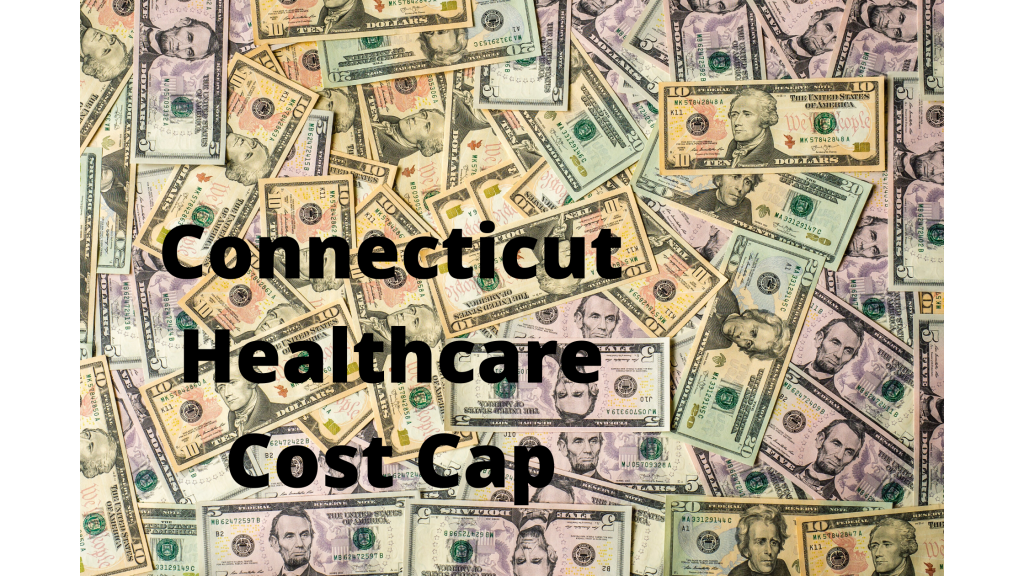OHS primary care committee sharply critical of agency’s plan

In this month’s meeting of the Office of Health Strategy’s Primary Care Subgroup, patient and consumer advocates joined insurers raising very strong concerns about OHS’s plans and capacity to implement the agency’s plan for primary care in Connecticut. OHS plans to double the share of Connecticut’s healthcare spending on primary care while tightly restricting growth in total spending.
Several committee members were worried that the plan could make access to care worse for patients and widen Connecticut’s health disparities. Several insurers, who OHS expects to fund the plan, stated their lack of support without monitoring and evidence that the plan is working. If the plan increases total costs of care, Connecticut’s already high insurance premiums will rise. OHS’s capacity to implement the plan was questioned.
Many members stated that they could not vote to support OHS’s plan. But in a departure from previous OHS process, the committee was then informed that they will not be voting on the plan. Their role is only to provide input to OHS who will make the final decision.
Comments on the plan included:
- “This plan is not patient-centered.”
- Several advocates and providers voiced skepticism that OHS has the capacity to implement the program. One member is “not convinced your core functions [in the plan] are right”. There were concerns that OHS is “doing this on the fly,” and “OHS doesn’t seem to have the expertise to do this.”
- Many members raised concerns that there is no plan for monitoring. “There are no details, no plan,” this is “really frightening to me right now,” and “a lot of the paper [OHS’s plan] to me was fluff.”
- Members urged OHS to start the program with a pilot as successful states have done. “Other states used their prior experience with similar reforms.”
- OHS’s process also concerned members. “You’re basically winging this.” OHS keeps “using the same groups over and over again.”
- An advocate stated that OHS is “going backward” not paying providers for improving care but years earlier as soon as they signal an intention to participate. “We need to see care is improved before the money is sent out.” “Other states started with supports, team-based care, and carefully defined how changes in practice happen.”
- An insurer asked, “Do we know that these changes and new resources [you want us to pay for] will improve health.” Another stated that, to protect premiums from more increases, the plan needs “to demonstrate a meaningful ROI” (return on investment), and that “employers are unlikely to increase spending in a specific category without a line of sight to reducing total cost of care.”
- Concerns that Medicaid, which is already performing better than other payers on primary care, will not be rewarded for that progress.
- A provider criticized Medicaid’s shared savings program, PCMH Plus, developed under OHS’s SIM project and a precursor to OHS’s new plan, as “highly flawed.” It relies on “self-reports,” that practices “haven’t really made the changes they were supposed to” and were paid for, and that there has been little monitoring.
- “There is no plan on how the money will be spent,” “we don’t know what the money will go to,” and OHS needs to “outline what the needs are, what supports are needed, how much each will cost, and then decide on the funding.”
- Concerns were raised that, without monitoring for harm and risk adjustment that includes social factors, health disparities could worsen.
- Several were concerned with the “arbitrary” decision to spend 10% of total medical spending on primary care. “We don’t understand what the right number is, if it is 5.3% now, what it should be.” “Voting today would be premature”
- Another felt the definition of primary care was too limited – a problem also raised by OHS’s technical team months ago. OHS decided on a narrow definition of primary care that excluded non-primary care physicians to come in under the 10% level and ensure that spending on primary care providers would increase.
- A member noted that measuring primary care support as a percentage of total spending is not valid. For example, the state employee plan has very low barriers to care so may be spending more in dollars per person on primary care than other programs, but it may be a lower percent of the total spend.
- When asked by members if they had surveyed primary care providers or insurers and payers in developing the plan and if they are supportive, OHS’s consultants said they had not. But they offered that OHS is in discussions with providers and payers. Consultants said they have been guided by primary care physicians in identifying the needs and developing the plan.
The few voices of support for OHS’s plan came from DSS, who helped draft the plan, and large health systems that will benefit under the plan.

